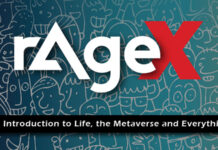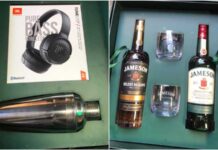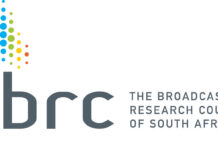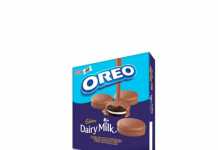Traditional advertising bombards consumers with interruptive messaging and it’s the brand that shouts loudest that wins. But this potentially outmoded approach to communication with consumers doesn’t build connection or loyalty. It’s experiences – unforgettable experiences that do that. Why? Because consumers buy experiences not products and because life is really an amalgamation of experiences, and experiences are real, that’s what people share and talk about. Real blow your hair back experiences, crafted using the methodology of experiential marketing and activations campaigns. This is what influences loyalty and purchase decisions.
By connecting brands with consumers though experiential and activations campaigns – there is the potential for deeper engagement and ultimately building customer brand advocacy. From events to retail promotions, to social platforms, experiential campaigns use the power of meaningful, shareable human experience and dialogue to inspire trial, purchase, and ultimately brand loyalty.
While activations and experiential marketing has long been lauded as the holy grail of marketing, particularly when it comes to building brand equity for FMCG products, the fundamentals for successful execution of this tactic are often unclear. There’s no arguing that it’s a highly creative area, but it’s underpinned by strategy and management processes. So for the marketer who wants to build brand advocates and even brand evangelists, it’s important to be familiar with activations best practice, so as to ensure their campaigns operate within frameworks that will deliver more than just brand awareness.
Non-Negotiables
Core qualities that are embedded in successful activations include:
• Whenever possible, a “teaser” element should be included in the communication. The aim is to “open the mental file” and prepare the customer to receive and engage with the brand. It may come in the form of a poster campaign in a campus space or a simple verbal prompt to a consumer entering a festival, for example.
• The next must-have on an activations checklist is “memorability and recall”. In its execution, the actual engagement needs to create this retention and longevity. This is usually achieved through the nature of the interaction that the customer has with the brand and centers on the creative concept developed by the marketers. The trick here is to engage the consumers’ senses eliciting emotion that in the long-term will lead to the consumer’s affinity to the brand, over others. Ultimately, the best ideas and execution will come from knowing the market well.
• By capturing the consumer’s imagination they are also far more likely to share the content. Great experiences can be shared by drawing a crowd to watch or creating an experience that is better when shared with others – particularly when it’s through social media channels.
• Product tie in – directly or indirectly is a must. It’s not enough to simply entertain customers; they also need to be prompted to purchase the product.
• Additionally, experiential activations should be designed in a way that maximizes return on investment. Therein lies the challenge – marketers know the value of the feelings, loyalty or goodwill created by an engagement, and instinctively they know this leads to brand support, through word of mouth and sales, but they don’t always have the tools or budget to directly associate these with the bottom-line. So although marketers know that an enormous amount of value has been created, they can’t always prove it.
• In the case of investing in brand experiences, the first matter for consideration is strategy versus expense. The grandeur of an extravagant campaign does not always equate to a more successful one. Often a simpler and more strategic approach can be more effective, and many times more affordable. In the wake of a depressed economy; creativity and strategy result in smarter more effective operations by mere necessity.
• The activation is often plagued by the need for sustainability in order to maintain a top of mind position. Any campaign should have more than one component to it as a once-off burst of consumer hype does not aid brand recall. Thus any well thought through plan should include follow-ups and additional brand presence after the activation has concluded.
• Lastly, align the activation with core brand values, as well as the overall brand strategy. All the components of the campaign need to fit together so that the picture is fully completed for the consumer. Effective executions start with truly knowing customers and what types of experiences would appeal to them.
Brand managers should appreciate what these integrated engagements between their brand and the consumer can achieve – because of the personal relationship that is built through exciting, relevant and meaningful dialogue. By bringing their brand personalities to life and adding value to their target audiences, they can convert customers from shoppers who can be disloyal to brand evangelists. That’s the power of activations well executed.
Gone are the days where the activations industry was “pretty”. Now, smart strategies are quantitative with KPIs which may include driving reach, sales, uptake, conversion, digital engagement, share and penetration. This way of operating, signals a marked shift in thinking in the industry and those activations companies that are still focusing on “bells and whistles” are fast becoming obsolete. Experiential marketers are not order takers – their job is to understand what outcome they are driving for a brand. Business is under pressure and activations agencies must ensure their solutions are driving / supporting / looping into broader, outcomes-based strategies and solutions.

























































































